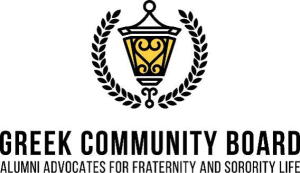Barry Jenkins’s Academy Award winner for Best Picture, “Moonlight” (2016), critically analyzes the young life of a gay, African-American man as he grows to adulthood.
“Moonlight” is an interesting film to look at for two reasons: the minority representational aspects that the film brings up, and the three-part structure. This is the first Oscar-winning film to feature an all-black cast and to have LGBTQ themes as a focal point.
These aspects are important to note because cinema is a mode of representation. The people that control films can thus control what people think about an entire group of individuals. In Hollywood’s history, the majority of people who have made films have been white heterosexual men.
Jenkins, an African-American male director, is about to give the audience a new definition of African American identity, an identity that is self-defined. Although it is not new for African-Americans to define their own identity through cinema, the critical and theatrical success of “Moonlight” propels Jenkin’s view of African American identity into a more mainstream forum.
The structure of the film’s narrative is also unique. “Moonlight” is cut up into three parts which follow the maturation of the main character who is called by three different names during his different stages of life: “Little” (Alex R. Hibbert), “Chiron” (Ashton Sanders), and “Black” (Trevante Rhodes). Each stage of life has the protagonist deal with issues about his racial and sexual identities.
Personally, I found the Chiron and Black portions to be the most interesting stages of the film. The male protagonist was more active in these sections than during the Little section. Also, the contrast between the protagonists during the later two sequences is tremendous.
During the Chiron sequence, the protagonist is incredibly skinny and timid. The first time we see the lead in the Black section he is huge and incredibly active. Black is a drug dealer similar to a character introduced during the Little stage: Juan (Mahershala Ali), a drug dealer who takes the protagonist in when his mother is neglectful.
In a sense, Juan is a father figure for Chiron, even teaching him how to swim. Subsequently, the ocean becomes an integral location for Chiron’s development. This place is the setting of his first sexual experience, and Chiron returns to the same location in the film’s final sequence.
I would be remised to talk about “Moonlight” without bringing up the controversy of the Best Picture blunder from the Academy Awards. Damien Chazelle’s “La La Land” (2016) was mistakenly announced as the winner for Best Picture before the air was cleared shortly after.
This was an unfortunate moment because it took away a platform for Jenkins and the other executive producers of the film to share with the audiences what could have been a very meaningful message about controversial topics.
Representation in film matters, and it is something that many audiences do not think about while watching movies, but they should. Film, like all modes of medium, effects how the receiver of its messages acts. We need to understand this to appreciate the representation that we see.
Until next time, take care of each other and yourself. I’m Jeff at the Movies.


